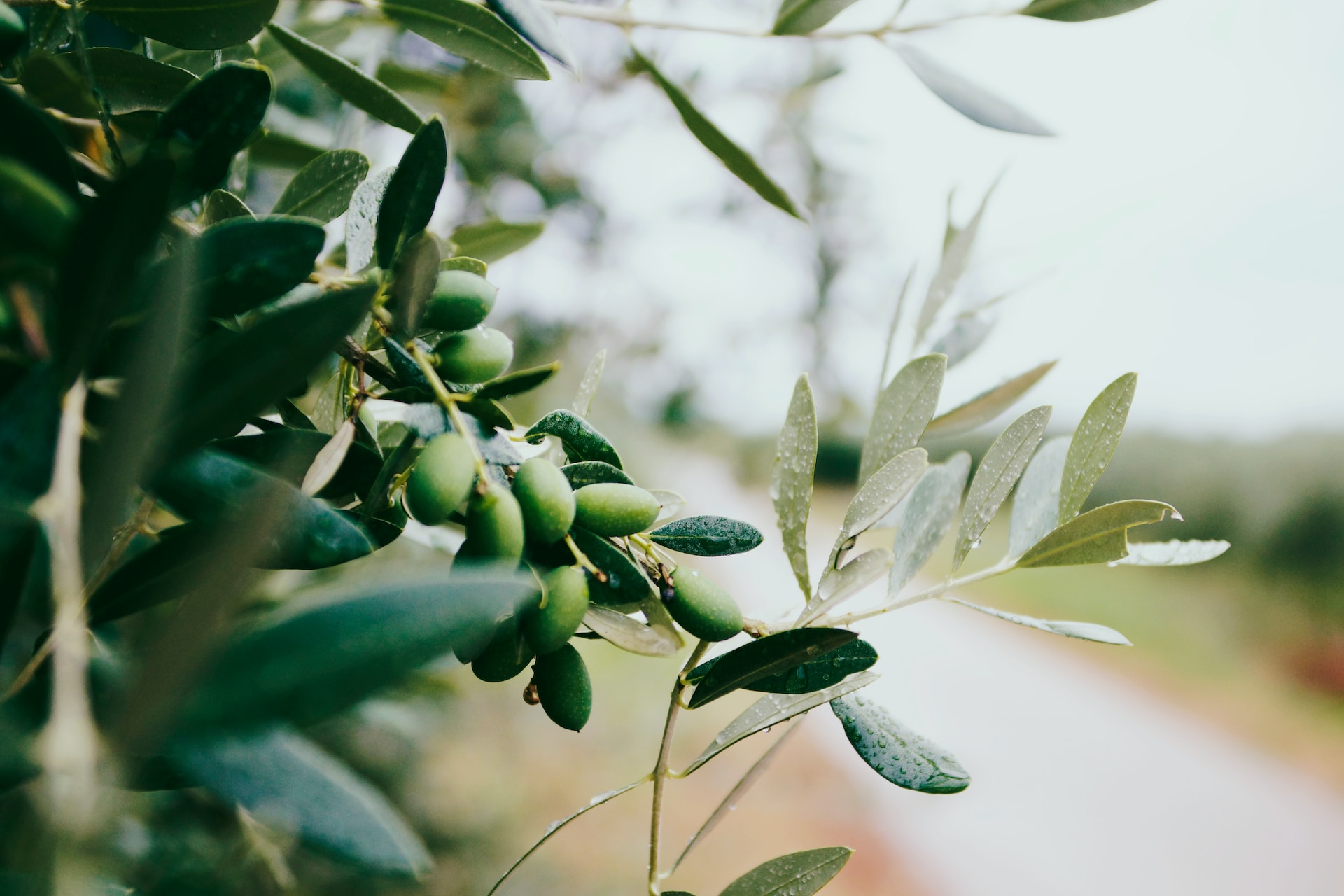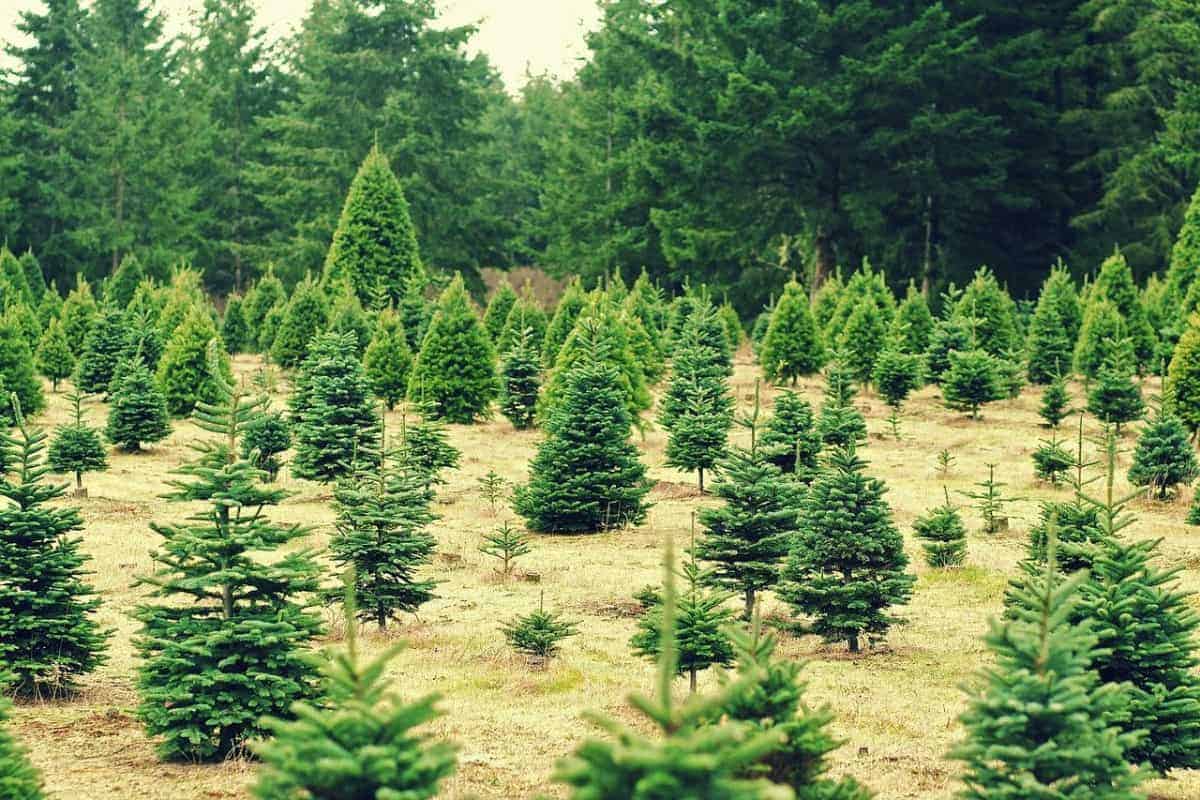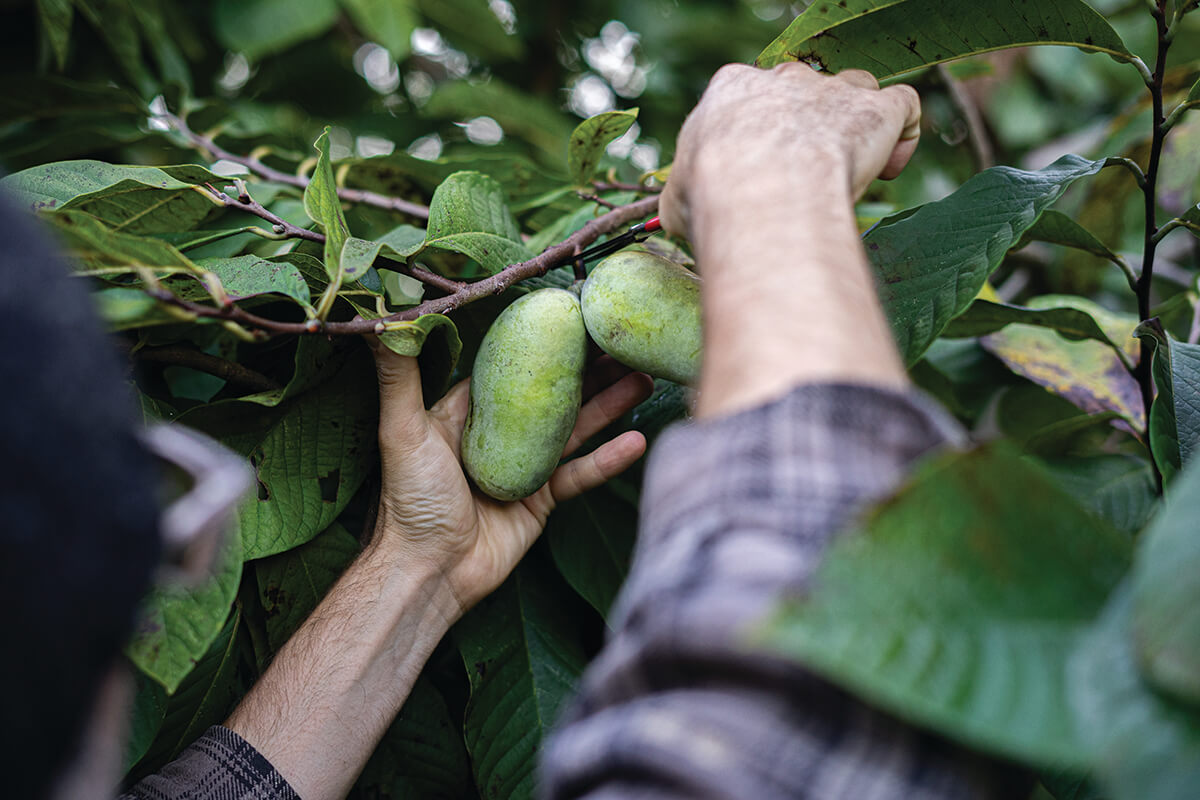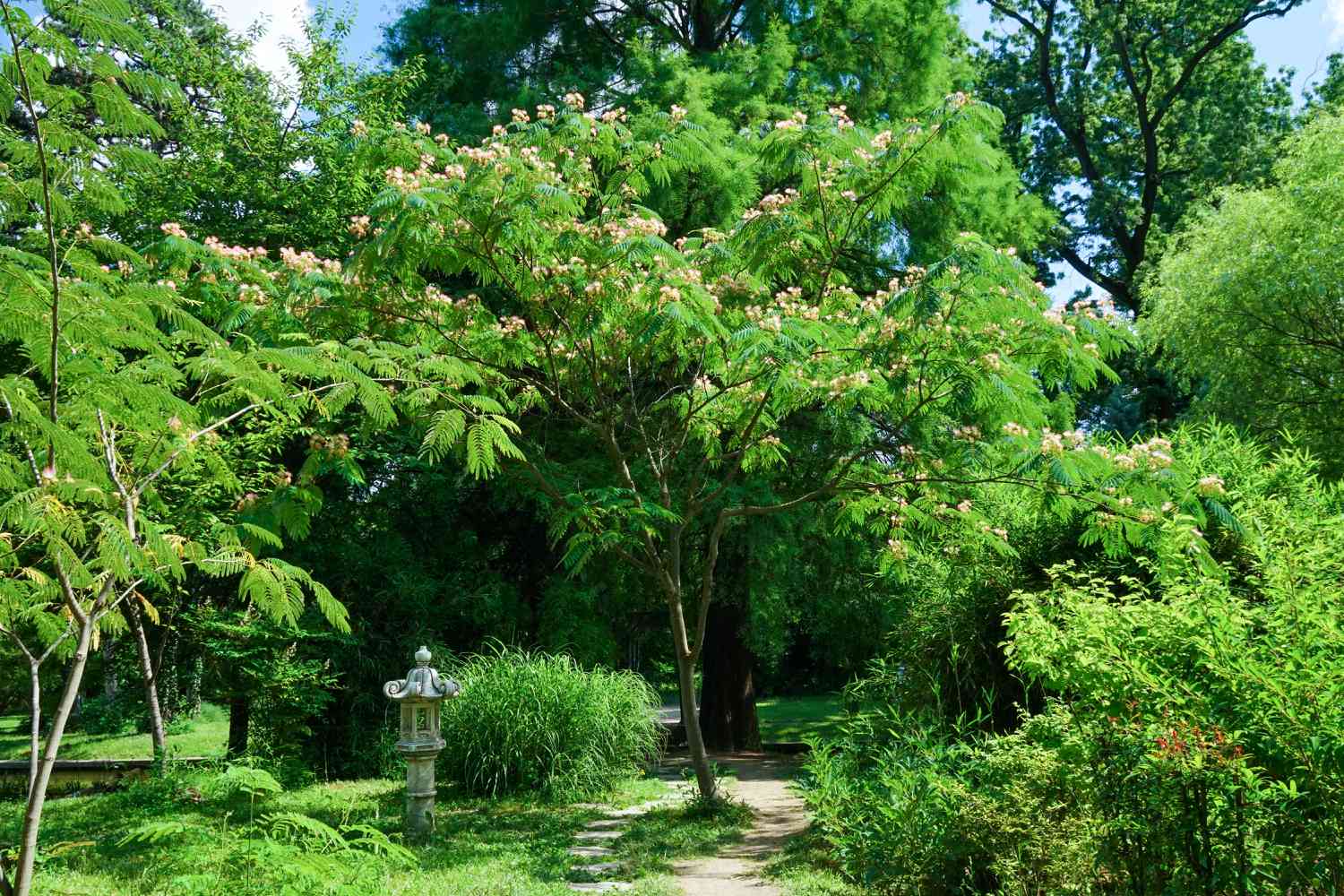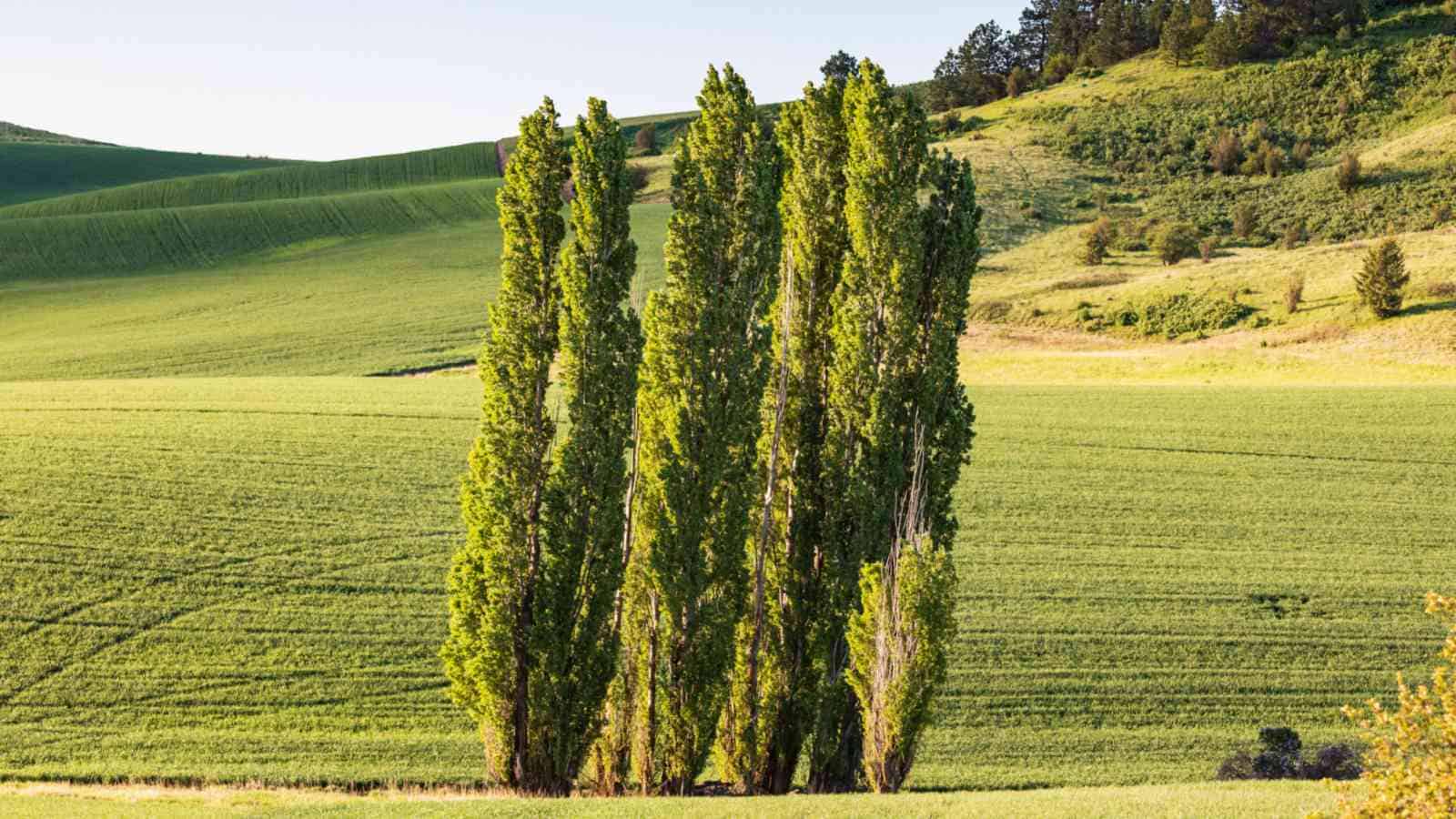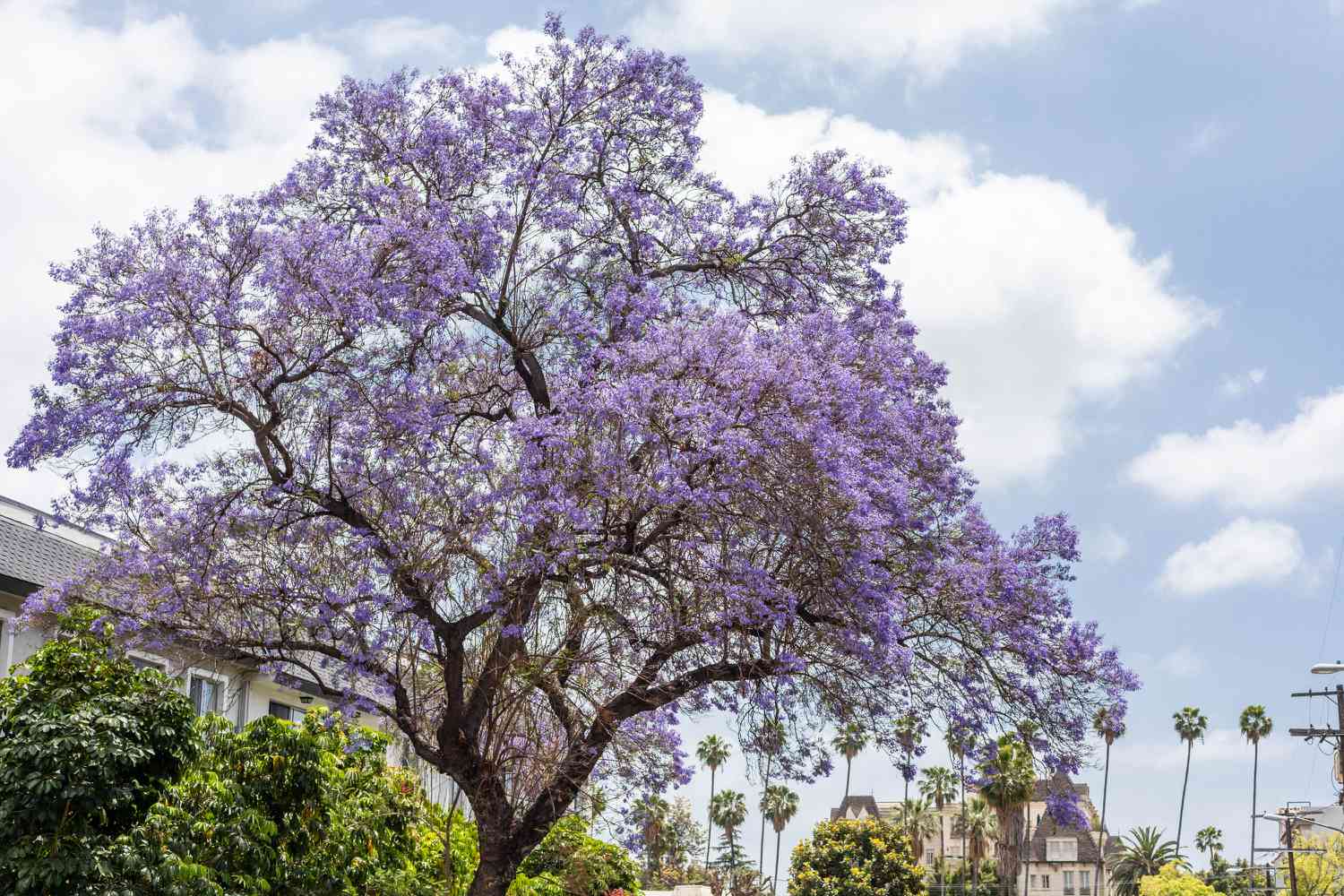Home>Types of Gardening>Ornamental Gardening>Where Do Succulents Grow
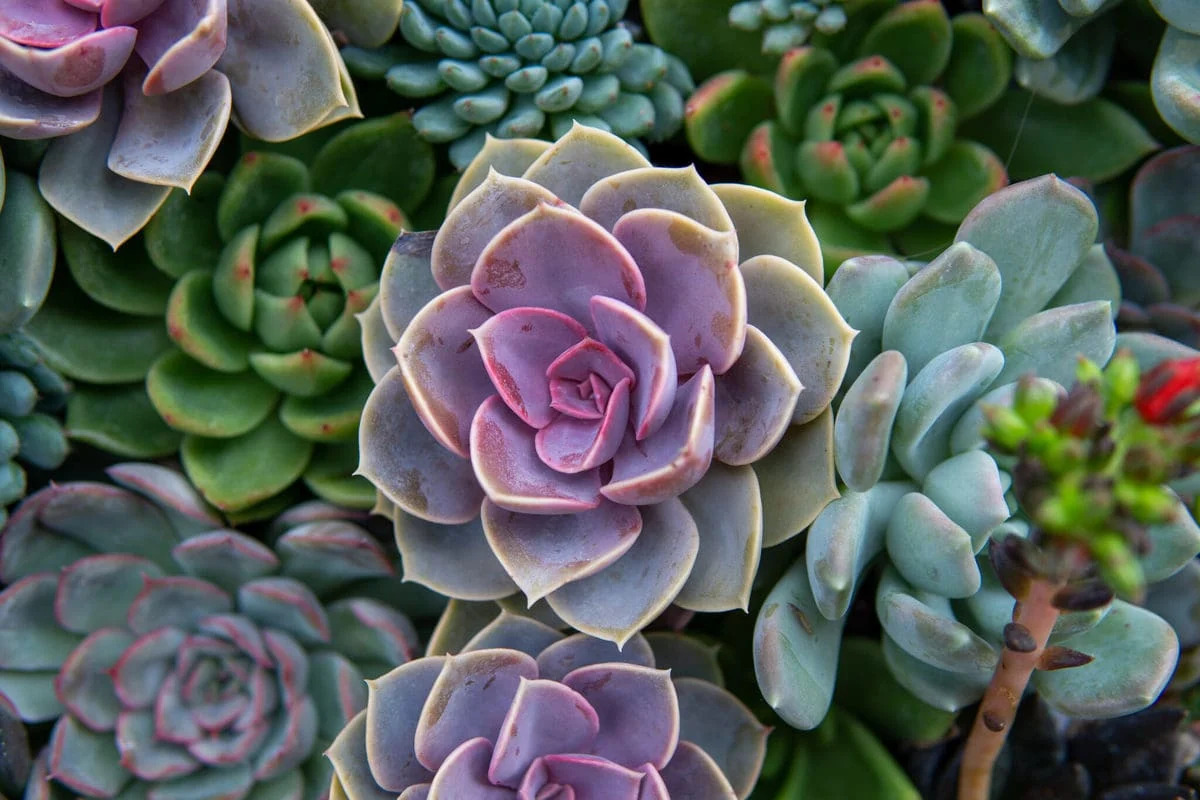

Ornamental Gardening
Where Do Succulents Grow
Published: December 23, 2023
Discover the ideal growing conditions for succulents in your ornamental garden. Learn where succulents thrive and how to create a beautiful and low-maintenance display.
(Many of the links in this article redirect to a specific reviewed product. Your purchase of these products through affiliate links helps to generate commission for Chicagolandgardening.com, at no extra cost. Learn more)
Table of Contents
Introduction
Welcome to the fascinating world of succulents, where nature's artistry meets the resilience of life. In this article, we will embark on a captivating journey to explore the natural habitats and ideal growing conditions of these remarkable plants.
Succulents have garnered immense popularity among gardening enthusiasts, interior decorators, and nature lovers due to their striking beauty and low-maintenance nature. Their diverse forms, colors, and textures make them a delightful addition to any space, whether it's a sunny windowsill, a garden bed, or a terrarium.
As we delve into the enchanting realm of succulents, we will uncover the secrets of their natural habitats and the optimal conditions for their growth. Whether you're a seasoned gardener seeking to expand your green repertoire or a novice eager to cultivate your first succulent, this article will equip you with valuable insights to nurture these extraordinary plants with confidence.
Join me as we unravel the allure of succulents and gain a deeper understanding of their unique characteristics and environmental preferences. Let's embark on this horticultural odyssey to discover where succulents grow and how we can create thriving environments for these captivating botanical wonders.
What Are Succulents?
Succulents, often referred to as nature's water-wise marvels, encompass a diverse group of plants renowned for their ability to store water in their fleshy leaves, stems, or roots. This unique adaptation allows them to thrive in arid environments where water is scarce, making them resilient and low-maintenance additions to any garden or indoor space.
These captivating plants come in a myriad of shapes, sizes, and textures, ranging from the iconic rosettes of Echeveria to the strikingly geometric patterns of Aloe and the cascading tendrils of Sedum. Their remarkable diversity offers endless possibilities for creative arrangements and landscaping designs, making them a favorite choice for both seasoned gardeners and beginners.
One of the most alluring aspects of succulents is their ability to survive prolonged periods of drought by storing water in specialized tissues, such as the thickened leaves of the iconic jade plant (Crassula ovata) or the plump stems of the beloved cactus family. This adaptation enables succulents to thrive in environments where other plants would wither, showcasing their remarkable resilience and adaptability.
Whether adorning desert landscapes, rocky outcrops, or thriving in containers on urban balconies, succulents bring a touch of natural elegance to diverse settings. Their unique features and minimal water requirements make them an ideal choice for busy individuals or those seeking to add greenery to spaces with limited access to water.
As we continue our exploration, we will delve deeper into the natural habitats where succulents flourish, shedding light on the environmental conditions that have shaped their evolution and the key factors to consider when cultivating these remarkable plants.
The Natural Habitats of Succulents
Succulents inhabit a diverse array of natural environments, each characterized by unique climatic conditions and geographical features. From the arid deserts of North America to the rocky slopes of South Africa, these resilient plants have adapted to thrive in some of the world’s harshest landscapes. Understanding the natural habitats of succulents provides valuable insights into their preferred growing conditions and the factors that have shaped their remarkable characteristics.
Desert Regions: Many succulents, such as various species of cacti and agaves, call desert regions home. These arid landscapes are characterized by low precipitation, intense sunlight, and dramatic temperature fluctuations. Succulents in these areas have evolved specialized mechanisms to conserve water and endure the harsh conditions, such as CAM (Crassulacean Acid Metabolism) photosynthesis, which allows them to minimize water loss during photosynthesis.
Rocky Outcrops: In regions with rocky, well-drained soils, succulents like Lithops and Haworthia have adapted to thrive in the crevices and rocky outcrops. These environments provide excellent drainage and protection from excessive moisture, allowing succulents to flourish in niches where many other plants struggle to survive.
Coastal Cliffs: Along coastal regions, succulents such as ice plants (Delosperma) and coastal sedges (Carex) thrive in the salty, windswept conditions of cliffs and dunes. Their ability to withstand salt spray and harsh coastal winds makes them ideal choices for gardeners living near the ocean or those seeking resilient plants for coastal landscaping.
High Altitude Plateaus: Some succulents, including certain species of Echeveria and Sempervivum, thrive in high-altitude plateaus and mountainous regions. These plants endure intense sunlight, low temperatures, and well-drained soils, showcasing their adaptability to challenging alpine environments.
By gaining a deeper understanding of the natural habitats where succulents prosper, we can emulate these conditions to create thriving environments for these extraordinary plants in our own gardens and living spaces. As we continue our exploration, we will uncover the optimal growing conditions and cultivation techniques that allow us to harness the beauty and resilience of succulents in various settings.
Ideal Growing Conditions for Succulents
Creating an environment that mimics the natural habitats of succulents is essential for their flourishing growth. Whether you’re cultivating these resilient plants indoors or in your garden, understanding the ideal growing conditions is paramount to their well-being.
Sunlight: Succulents thrive in bright, indirect sunlight, making them ideal choices for sunny windowsills or outdoor spaces with ample sunlight. Providing them with at least six hours of sunlight per day is crucial for robust growth and vibrant colors. However, in exceptionally hot climates, some succulents benefit from partial shade during the hottest part of the day to prevent sunburn.
Well-Draining Soil: The key to successful succulent cultivation lies in well-draining soil that prevents water from accumulating around the roots. A blend of potting mix formulated specifically for cacti and succulents, combined with perlite or coarse sand, promotes optimal drainage and aeration, reducing the risk of root rot and other moisture-related issues.
Watering: Succulents are adapted to arid environments and have low water requirements. It’s crucial to allow the soil to dry out completely between waterings to prevent waterlogged conditions that can lead to root rot. During the growing season, typically spring and summer, moderate watering is recommended, while watering should be reduced in the dormant winter months.
Temperature: Most succulents thrive in moderate to warm temperatures, with the majority preferring a range between 60°F and 80°F (15°C to 27°C). While they can tolerate occasional temperature fluctuations, protecting them from prolonged exposure to freezing temperatures is essential for their well-being, especially for species native to warmer climates.
Adequate Air Circulation: Good air circulation is vital for preventing issues such as fungal diseases and pest infestations. Whether indoors or outdoors, ensuring proper ventilation around the plants promotes their overall health and reduces the risk of humidity-related problems.
By meticulously tending to these fundamental growing conditions, you can create an optimal environment for succulents to thrive. As we delve deeper into the cultivation of succulents in various climates, we will uncover tailored strategies for nurturing these remarkable plants in diverse settings, from arid deserts to temperate regions.
Cultivating Succulents in Different Climates
Cultivating succulents in various climates presents an exciting opportunity to explore the adaptability of these remarkable plants and tailor cultivation practices to suit specific environmental conditions. Whether you reside in a dry desert region, a temperate coastal area, or a chilly alpine climate, understanding how to care for succulents in different settings is key to their long-term health and vitality.
Arid Deserts and Dry Climates
In arid regions characterized by low precipitation and intense sunlight, succulents are in their element. Species such as cacti, agaves, and euphorbias thrive in these harsh environments, showcasing their remarkable drought tolerance and water-storing adaptations. When cultivating succulents in desert climates, it’s essential to provide well-draining soil, ample sunlight, and minimal water to mimic their natural habitat. Container gardening and raised beds can be particularly effective in arid regions, allowing for precise control over soil conditions and water management.
Temperate Coastal Areas
Along coastal regions, succulents such as ice plants, coastal sedges, and certain aloes flourish in the salty, windswept conditions. Cultivating succulents in coastal climates requires attention to soil salinity, wind exposure, and humidity levels. Choosing salt-tolerant species and providing protection from strong coastal winds can help these plants thrive in such environments. Additionally, well-draining soil and strategic placement to avoid waterlogged conditions are crucial for their success in coastal gardens.
Chilly Alpine Climates
In high-altitude plateaus and mountainous regions, certain succulents, including various species of sedum and sempervivum, exhibit remarkable adaptability to cold temperatures and well-drained soils. When cultivating succulents in alpine climates, it’s essential to protect them from excessive moisture and provide insulation during freezing temperatures. Mulching and situating them in well-draining, rocky soils can help mitigate the challenges posed by cold, wet conditions.
Adapting cultivation practices to suit specific climates empowers gardeners to harness the beauty and resilience of succulents in diverse settings. By embracing the unique requirements of these plants and tailoring care strategies to align with their natural habitats, we can create thriving succulent gardens that celebrate the remarkable adaptability of these captivating botanical wonders.
Conclusion
As we conclude our exploration of the captivating world of succulents, we have gained valuable insights into their natural habitats, ideal growing conditions, and the diverse climates where they thrive. Succulents, with their remarkable water-storing adaptations and striking diversity, have captured the hearts of gardening enthusiasts and nature lovers worldwide.
Understanding the natural habitats of succulents has provided us with a deeper appreciation for their resilience and adaptability. From the arid deserts of North America to the coastal cliffs and alpine plateaus, these plants have evolved to thrive in some of the world’s harshest environments, showcasing their ability to endure and flourish in diverse climates.
Creating optimal growing conditions for succulents, including providing ample sunlight, well-draining soil, and minimal water, is essential for their health and vitality. By emulating the environmental factors of their native habitats, we can cultivate thriving succulent gardens that showcase the beauty and resilience of these extraordinary plants.
Furthermore, tailoring cultivation practices to suit different climates empowers gardeners to explore the adaptability of succulents and celebrate their unique characteristics in various settings. Whether in arid deserts, temperate coastal areas, or chilly alpine climates, succulents continue to captivate us with their ability to thrive in diverse environmental conditions.
As we embark on our individual journeys of succulent cultivation, let us draw inspiration from the resilience and elegance of these remarkable plants. Whether adorning our indoor spaces with vibrant arrangements or transforming outdoor landscapes with striking succulent gardens, we have the opportunity to create living works of art that celebrate the natural wonder of succulents.
May our continued exploration and appreciation of succulents inspire us to cultivate thriving environments that honor the resilience and beauty of these extraordinary botanical treasures.
